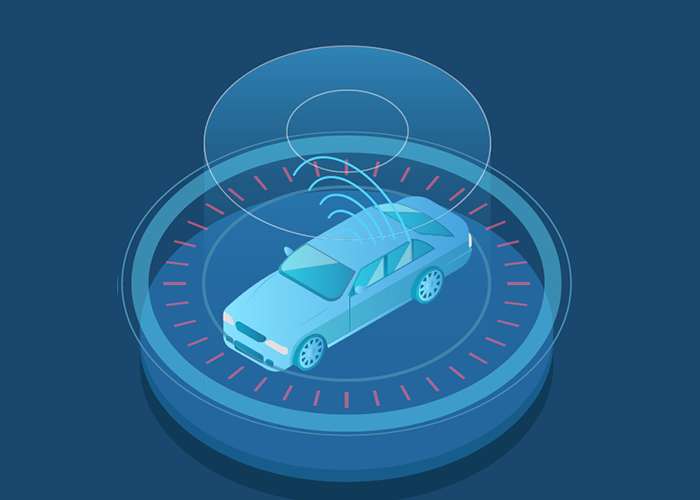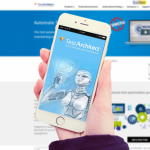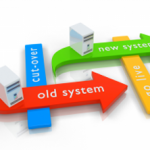Even the highest quality organizations have tradeoffs when it comes to their testing coverage.

In Japan, Europe, and the United States, automotive manufacturers are aiming to enhance automotive functions by using software; in Japan in particular, Toyota, Nissan, Honda, Mazda, and Subaru are all adding endless amounts of software to their vehicles in the form of convenience and safety features. In the automotive industry, many companies are original equipment manufacturers (OEM), meaning they make most (if not all) of their automotive parts in-house. While, Sony, Panasonic, and other electronic manufacturing companies are researching ways to increase their sales and profit, automotive companies’ business is growing. According to statista.com, in 2016, the sales value of the automotive software market in Japan was valued at ¥525 billion Japanese yen ($4.8 billion USD); it is expected to reach ¥747.5 billion Japanese yen ($6.8 billion USD) in 2020 and ¥995 billion Japanese yen ($9 billion USD) by 2030. Japanese automotive brands have a history of being the most reliable vehicles; thus, they will want to ensure their software is reliable as well.
According to J.D. Power’s 2019 U.S. Vehicle Dependability Study, which ranks brands based on problems per 100 vehicles, two out of the top three brands are Japanese: Lexus is number 1 and Toyota is number 3. Infiniti and Subaru make it above the industry average and Nissan is just 1 ranking below said average.
The Tradeoffs of Coverage and Risk
Even the highest quality organizations have tradeoffs. As old as Software Testing, automotive Software Testing has the same issues. Technology aside, companies have to balance coverage and risk with cost and time. High risk needs more testing, more people, more time, and more coverage. Less risk often means less testing, less time, and less coverage. No one wants to make these tradeoffs-especially in a safety-critical product. In a regulated industry, these tradeoffs are often standardized levels demanded for regulatory compliance.
With shift-left, more Continuous Delivery (CD), and modern development techniques like test-driven development (TDD), there is more unit testing and more meaningful measures of unit test code coverage. The tradeoff may become coverage at what level. Test coverage at the unit level, API or service level, or testing at the UI level. The following is an example of how a Japanese software company balances coverage and risk on an automotive project.
The level of quality demanded varies from project to project. Testing car navigation may require a different level of quality than an electronic control unit (ECU) because car navigation does not have the direct power to kill people.
On the other hand, ECU testing—a system that can kill—requires a higher quality, such as 100% C1 (code-level Branch Coverage) coverage rate, sometimes requiring MC/DC coverage rate. The aforementioned testing terms form a basic idea and methodology toward quality assurance for automotive software.
In one automotive project, we had to balance and think about the size of software and the relationship between ECU and the car navigation system (see Figure below).
· Software size of car navigation = Huge (using Linux, Car Play, Android Auto)
· Software size of ECU = Small (Using automotive specific OS or non-OS)
Based on risk:
· It is okay to cover 100% coverage testing with small ECU software.
· It may be okay to cover less than 20% code-level coverage testing with huge car navigation software.

Treated separately, it is okay to not communicate between ECU and car navigation. When the ECU communicates too much with car navigation, there could be critical quality problems. But, automotive software is becoming increasingly complicated every year.
And the size of data communication between the ECU and the car navigation is increasing. An ECU may use Open Source Software (OSS). The ECU may also use virtualized software. The ECU may communicate to the internet or cloud directory. ECU software may be updated by internet.
By themselves, the pieces can be tested. The integration and many workflow paths can be very complicated and leave data under various loads—calling for different testing than code coverage.
The Other Side of the Equation: More People, More Time
We are test engineers. We need to prepare ourselves to strategize such kind of complicated automotive Software Testing tradeoffs between coverage and risk. Currently, there are too many developers compared to testers working for automotive system software.
I worked at Microsoft’s headquarters in Seattle. At that time on my team, more than 300 development and testing engineers worked together to develop Windows OS.
From my experience, I can say the team ratio is that there are many more developers compared to testers working on automotive software than the entirety of the Windows OS.
Interestingly, some companies are afraid to increase the size of the software test teams.
I believe that software engineers for the automotive industry need to prepare and improve their effectiveness and efficiency for production. Both developer-level unit testing skills are needed as well as integration level testing. Test Automation is key to increase productivity.

Summary
How much testing is enough? This is a question as old as software itself. How much gets covered in the test effort is a balance of risk, cost, and schedule. These days, with shift-left mindset of more developer testing, how much test coverage happens at each level is the new question.
To achieve the level of quality and testing needed for safety-critical applications, highly skilled engineers are needed for both developer level testing and all aspects of Test Automation.


















